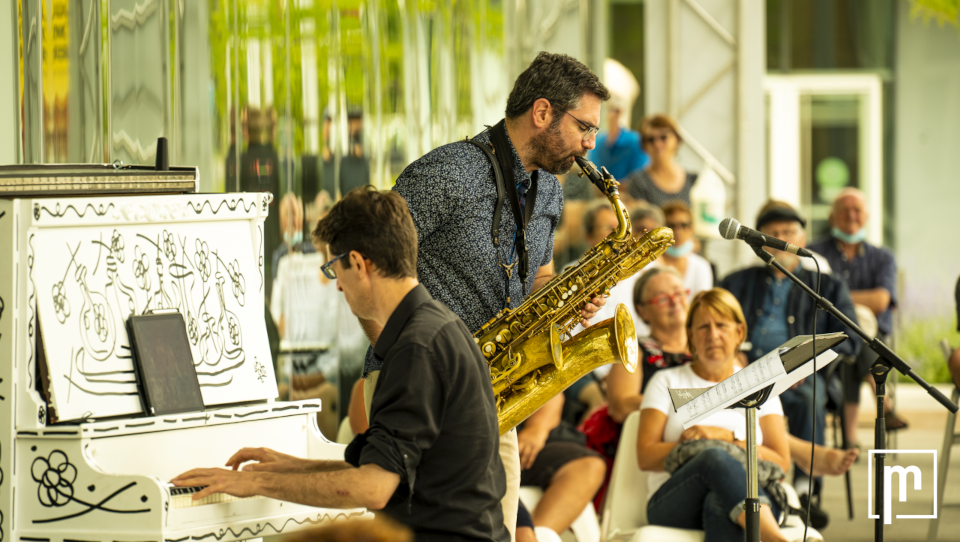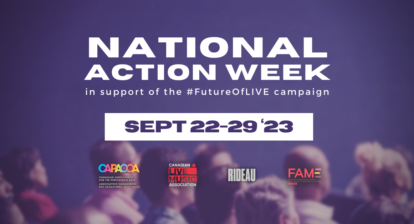The federal government’s announcements following the 2021 budget have met many of the live performance sector’s expectations. Nevertheless, the road to recovery will be long and many other measures have yet to be implemented if our sector is to fully recover.
Today, CAPACOA tabled its submission to the Standing Committee on Finance, as part of the pre-budget consultations in advance of the 2022 budget.
The document recognizes and celebrates the 2021 federal budget’s extraordinary investment of $1.9 billion towards the arts sector, which will be administered through the Recovery and Reopening Funds over a two year period. At the same time, the report also draws attention to National Culture Indicators, which highlight just how far the live performance sector remains from recovery. In summation, the submission articulates seven recommendations for the upcoming 2022 federal budget.
Summary of recommendations
Base programming support
- Make permanent the two-year supplementary investments in the Canada Arts Presentation Fund and the Building Communities through Arts and Heritage program, first announced in the 2019 budget and extended in the 2021 budget.
- Increase the base funding of these programs by another 25%.
Support to rebuild on new grounds
- Provide project funding in the amount of $50 million over four years to support the rebuilding of a more resilient, innovative, equitable and sustainable arts sector.
- Invest $10 million over five years to accelerate the development of an open data infrastructure for the live performance sector.
Capital funding
- Invest $30 million over three years invest $30 million over three years towards pandemic retrofitting capital investments for live performance venues, including HVAC and touchless devices.
Labour support
- Introduce a new, tailored wage and fixed cost support program to be established at the earliest opportunity for Canada’s hardest hit businesses to ensure their survival into the fall and winter seasons.
- Introduce a new form of income support to ensure self-employed workers in the arts sector continue to receive basic support throughout the recovery and beyond.
The submission goes on to provide observations about “gray areas” within the federal government’s most recent investments. The document then further elaborates on other areas of public policy, including topics such as charitable giving and taxation in the digital economy.



